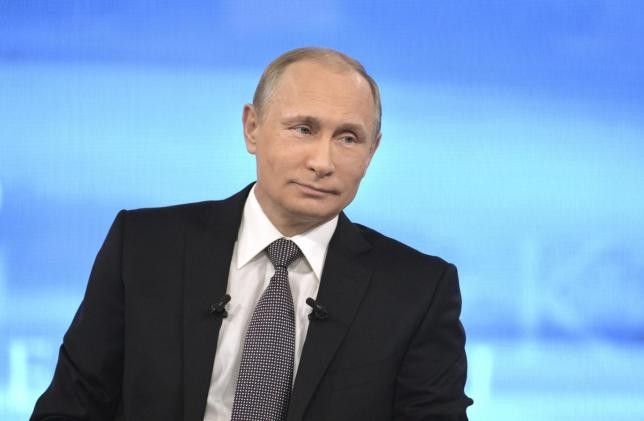China and Russia are expected to sign a multibillion-dollar high-speed rail deal during the state visit of Russian President Vladimir Putin to Beijing, which will start on June 25, the South China Morning Post reported.
Aside from the rail deal, around 30 trade agreements could also be possibly signed during the visit, the report said.
China has confirmed plans to grant a 400-billion-rouble (HK$48 billion) loan to Russia for the construction of a high-speed railway to link the Russian cities of Moscow and Kazan.
Two Chinese banks have also pledged in April to lend more than $12 billion for the development of a liquefied natural gas plant in the Arctic. The project was delayed after the U.S. imposed sanctions on Novatek, the majority shareholder in the project, which is partly owned by Russian billionaire Gennady Timchenko, and Putin's close friend.
Alexander Gabuev, a senior associate and the chair of Russia in the Asia-Pacific Programme at the Carnegie Moscow Centre, said that the two countries are expected to sign the railway deal and agree on the first batch of loan for the gas deal.
The signing of the deals came as the two countries are expected to extend their military cooperation. Russia is seeking deeper ties with China to offset the sanctions of Western powers, while China needs Russia's support against U.S. presence in the East and South China Seas.
Analysts said that the military cooperation between the two countries was driven by the U.S.'s deployment of the Terminal High Altitude Area Defence (THAAD) missile system in the Korean Peninsula.
In May, China and Russia also conducted the first computer-aided missile defense drill as Beijing purchased an S-400 surface-to-air missile system from Russia.
In June, Chinese and Russian navies sailed into the disputed waters near the Diaoyu Islands (known as the Senkakus in Japan) in the East China Sea at around the same time. Many believed this to be the first of the two countries' joint operations in the East China Sea.
However, it would take a long time before the cooperation between the two countries attain the same level as that of NATO or the U.S.-Japan alliance, according to Macau-based military observer Antony Wong Dong.
"The two countries' anti-missile cooperation is more about exploring and understanding each other's military capabilities at this stage. It is more of a protest against the U.S., rather than actual cooperation," Wong added.
In April, Russia had urged countries involved in the South China Sea dispute to resolve the matter among themselves, without third parties.



























